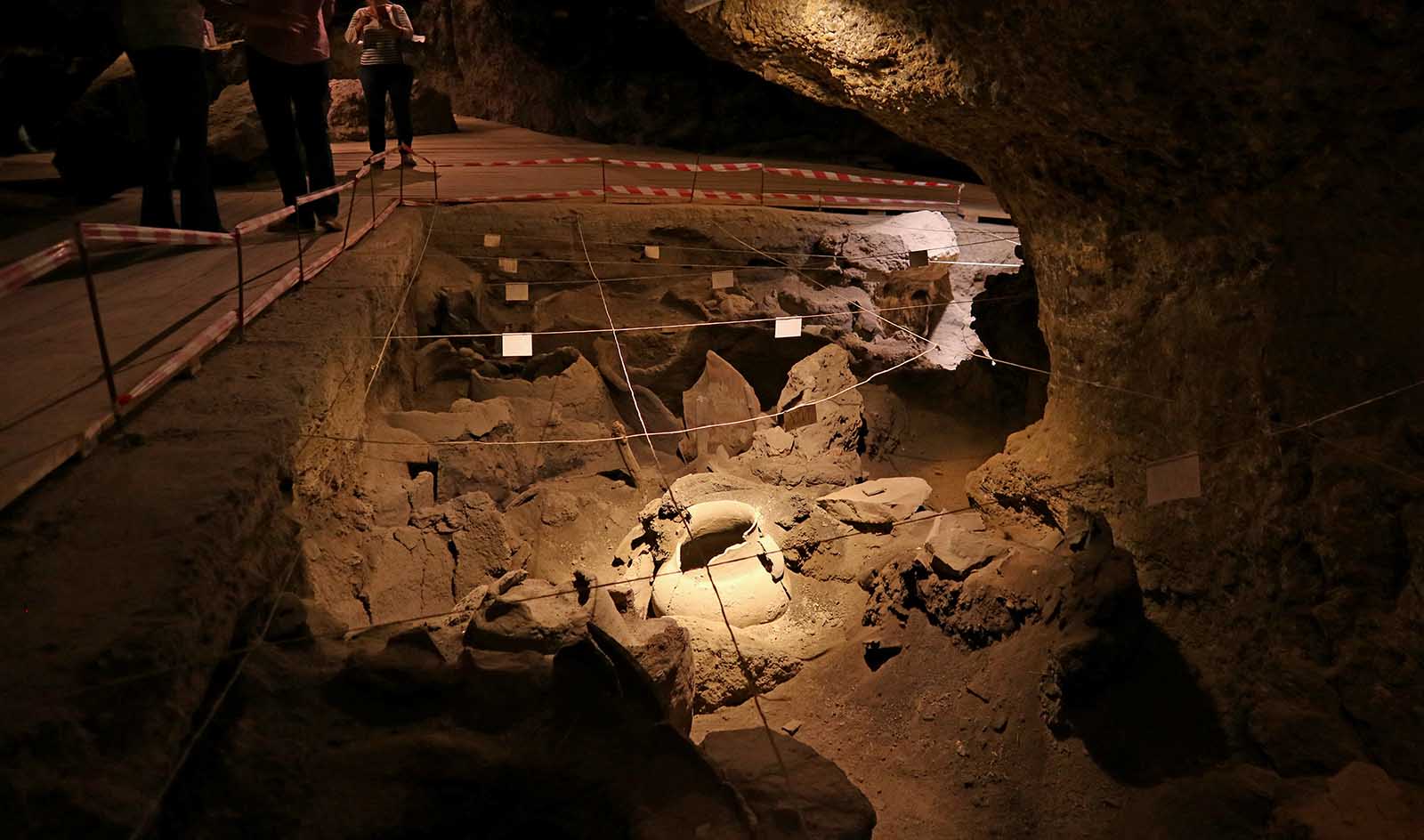
The Areni-1 cave in Armenia has become an iconic location for wine enthusiasts and historians alike. This cave, located in the southeastern part of the country, has been found to be the oldest known winemaking facility in the world, with evidence of wine production dating back over 6,000 years.
In this article, we will explore the discovery of the Areni-1 cave, winemaking in Armenia, and techniques used by the ancient Armenians, and the significance of this discovery for the history of winemaking.
Discovery of the Areni-1 Cave
The discovery of the Areni-1 cave was the result of a joint effort between Armenian and international scientists.
In 2007, a team of archaeologists led by Dr. Gregory Areshian of UCLA’s Cotsen Institute of Archaeology began excavations in the Areni-1 cave, hoping to uncover evidence of ancient human settlements. As they began digging, they found something unexpected – a large pit filled with grape seeds and grape skins.
Initially, the scientists assumed that the grapes were simply used for food, as the pit was located near a hearth and contained other food remains. However, upon closer inspection, they found that the grape seeds had been deliberately crushed and that the grape skins had been left to ferment in clay pots. This was the first evidence of winemaking in Armenia and eventually in the world.
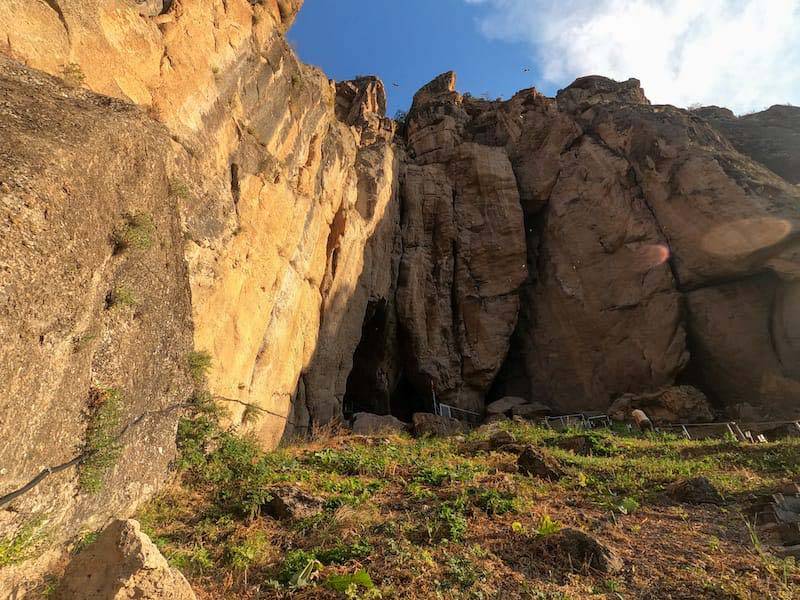
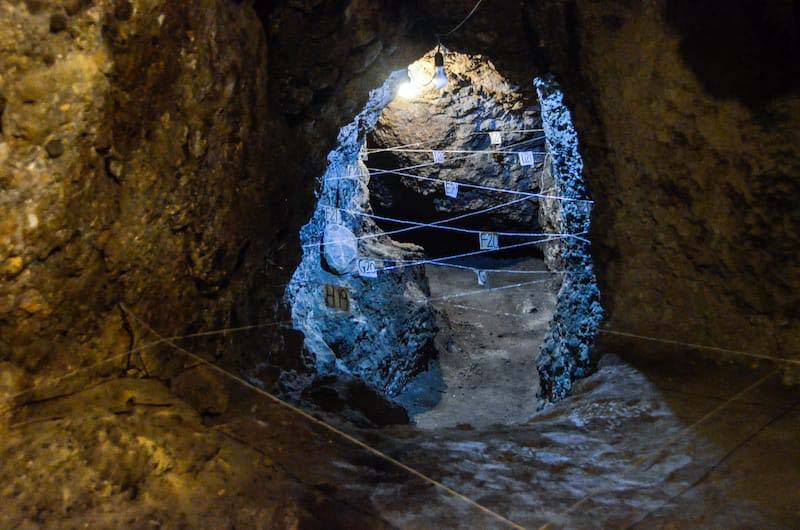
Winemaking in Armenia – Ancient Techniques
The ancient Armenians used a simple but effective winemaking technique that involved crushing the grapes and allowing the juice to ferment in clay pots called “karas” in Armenian. The grape juice was poured into a large vat and stirred for several days to allow the fermentation process to begin. Once the juice had begun to ferment, it was poured into clay pots, which were then sealed with a layer of clay to prevent air from getting in.
The fermentation process continued inside the sealed pots, with the sugars in the grape juice being converted into alcohol. After several months, the wine was ready to be consumed. The ancient Armenians did not filter their wine, so it was cloudy and contained bits of grape skin and sediment.
Significance of the Discovery
The discovery of the Areni-1 cave and its winemaking facility has had a significant impact on the history of winemaking. Prior to this discovery, the oldest known winemaking facility was located in the Zagros Mountains of Iran and dated back to around 5,400 BCE. However, the discovery of the Areni-1 cave pushed the date of the earliest known winemaking back by over 600 years.
Furthermore, the discovery of the winemaking facility in the Areni-1 cave sheds light on the cultural practices of ancient Armenians. Wine played an important role in the ancient Armenian society, with evidence suggesting that it was used in religious rituals and as a trade commodity. The discovery of the winemaking facility also suggests that the ancient Armenians had a sophisticated knowledge of viticulture and winemaking techniques.
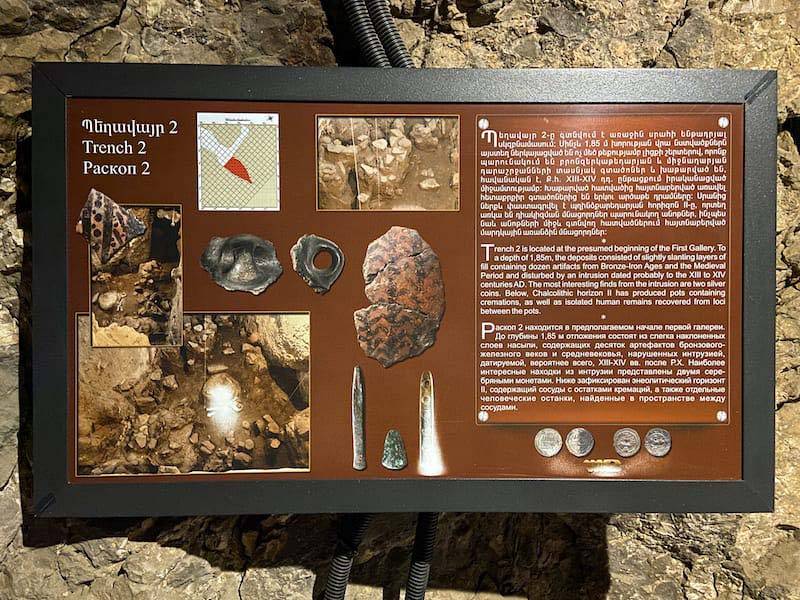
The discovery of the Areni-1 cave has also had a significant impact on the modern-day wine industry in Armenia. The Armenian government has invested in the promotion of Armenian wines, and many winemakers in the country have begun to incorporate traditional winemaking techniques into their modern winemaking practices. The Areni-1 cave has become a popular tourist destination, with visitors from around the world coming to see the site of the world’s oldest known winemaking facility.
The world’s oldest known leather shoe
In addition to the winemaking facility, the Areni-1 cave has also yielded other significant archaeological finds. In 2010, a team of Armenian and Irish researchers found the world’s oldest known leather shoe in a nearby cave.
The shoe, which is believed to be around 5,500 years old, was remarkably well-preserved, likely due to the cool, dry conditions in the cave. The shoe was made from a single piece of cowhide, with laces made from cow tendon.
The discovery of the shoe provides valuable insight into the clothing and footwear of ancient Armenians and is yet another testament to the region’s rich history and cultural significance.
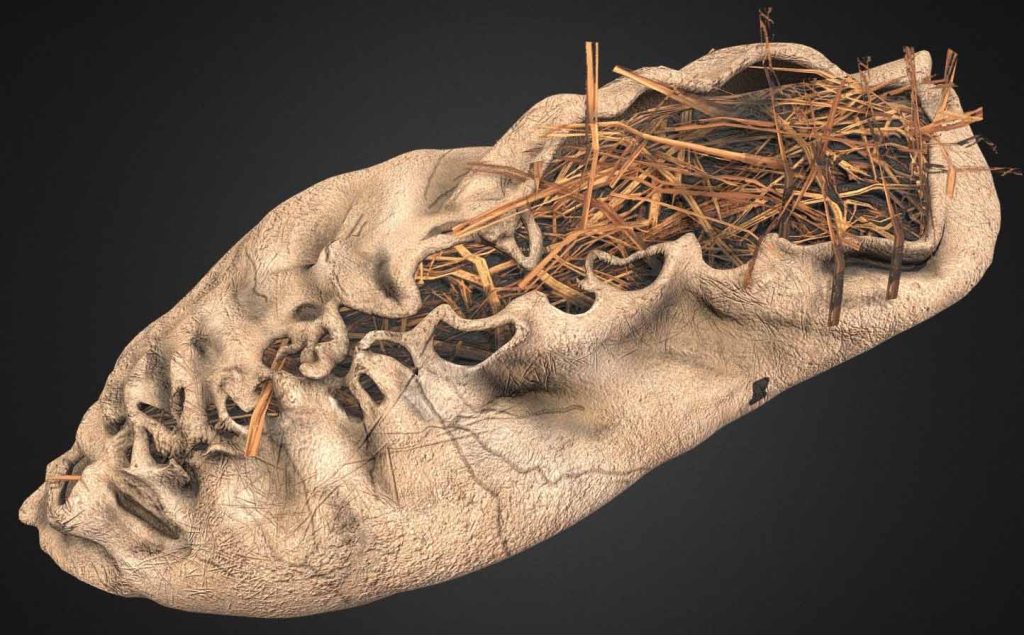
The discovery of the Areni-1 cave and its winemaking facility has provided valuable insight into the history of winemaking and the cultural practices of ancient Armenians. The winemaking techniques used by the ancient Armenians were simple but effective, and their knowledge of viticulture and winemaking has had a lasting impact on the modern-day wine industry in Armenia.
Read more about winemaking in Armenia by clicking here.





